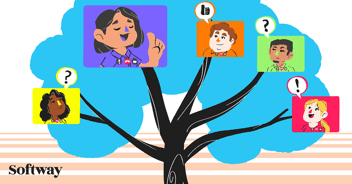

Terms like “diversity” and “inclusion” have become big buzzwords in the corporate lexicon. Many organizations emphasize diversity and inclusion (commonly referred to as D&I). But to get tangible results, it’s important to know the difference between the two.
First, let’s consider why companies’ D&I efforts fail. One reason is intention. D&I training is often undertaken for the wrong reasons—specifically, to avoid lawsuits. It’s treated as code for CYA, a cheeky industry abbreviation for “cover your ass.” When companies take this attitude, the training often creates more bias than it solves.
"To benefit your organization, you must also make
your diverse hires feel like they belong."
To be successful, companies must instead approach D&I earnestly and understand its meaning. Diversity is not the same as inclusion—nor is it simply a box to check off in the hiring process. Diverse hiring practices are important, but they’re not enough. To benefit your organization, you must also make your diverse hires feel like they belong. For example, represent people of different backgrounds in key meetings. Acknowledge the need to hear from unique perspectives. And address any biases in your business practices.
The only way to create lasting change is to both hire with diversity and practice inclusion. So work these principles into all your processes starting now.




